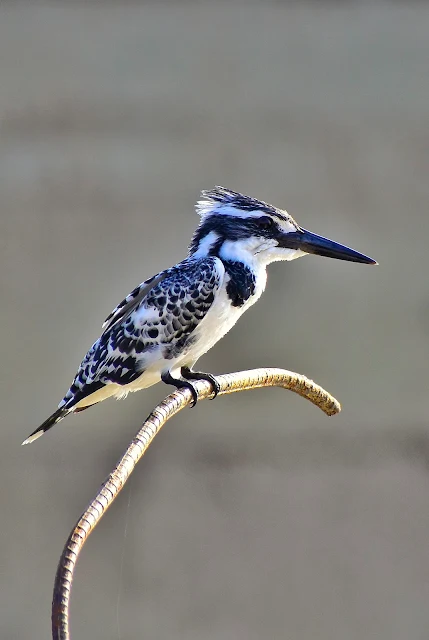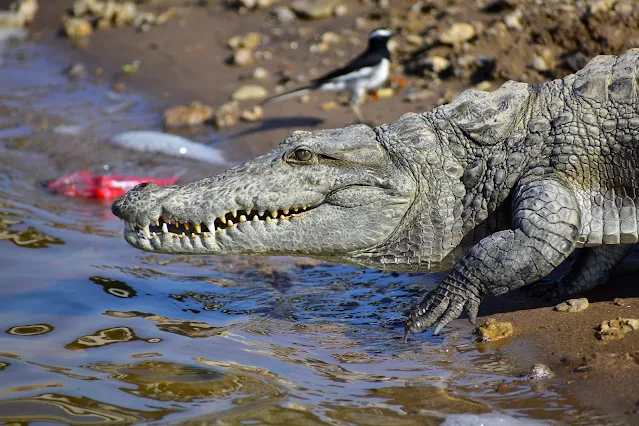How to contact chambal safari boating
Munna chambal safari dholpur
Web address : - munna chambal safari dholpur
Contact number 8619073416/ 9694715732
Gmail :- Munnachambalsafari@gmail.com
Indian skimmer
 |
This bird has a black cap and orange bill that contrasts with the white body. With its long wings it looks tern-like and is about 40–43 cm long with a wingspan of 108 cm. The upper parts of the body are dark black and the underparts are white. The black cap on the head leaves the forehead and nape white. The wings are long and pointed with a white trailing edge. The short, forked tail is white with blackish central feathers. The long, thick bill is orange with a yellow tip and, like the other skimmers, has a lower mandible which is longer than the upper mandible. The legs and feet are red. The lower bill is knife-like and flexible and the tip appears truncated. Young birds have bills that appear normal and with age the lower mandible grows. The upper mandible is capable of considerable mobility. Non-breeding adults are duller and browner than breeding birds. Juveniles are grey-brown above with pale fringes to the feathers on the back and wings. The head has more white than in adult birds and the bill is orange-brown with a dark tip. It has a high, nasal, screaming kyap-kyap call but is usually very silent. The black skimmer of the Americas is larger with a black tip to the bill. The African skimmer is smaller with more black in the tail and no white collar. In older times the Indian skimmer was also known as the Indian scissors-bill.
|
The pied kingfisher (Ceryle rudis) is a species of water kingfisher widely distributed across Africa and Asia. Originally described by Carl Linnaeus in 1758, it has five recognised subspecies. Its black and white plumage and crest, as well as its habit of hovering over clear lakes and rivers before diving for fish, make it distinctive. Males have a double band across the breast, while females have a single broken breast band. They are usually found in pairs or small family groups. When perched, they often bob their head and flick up their tail.
 |
Red-crowned roofed turtle
Gharial
 |
Contact with Munna bhai 8619073416 |






Comments